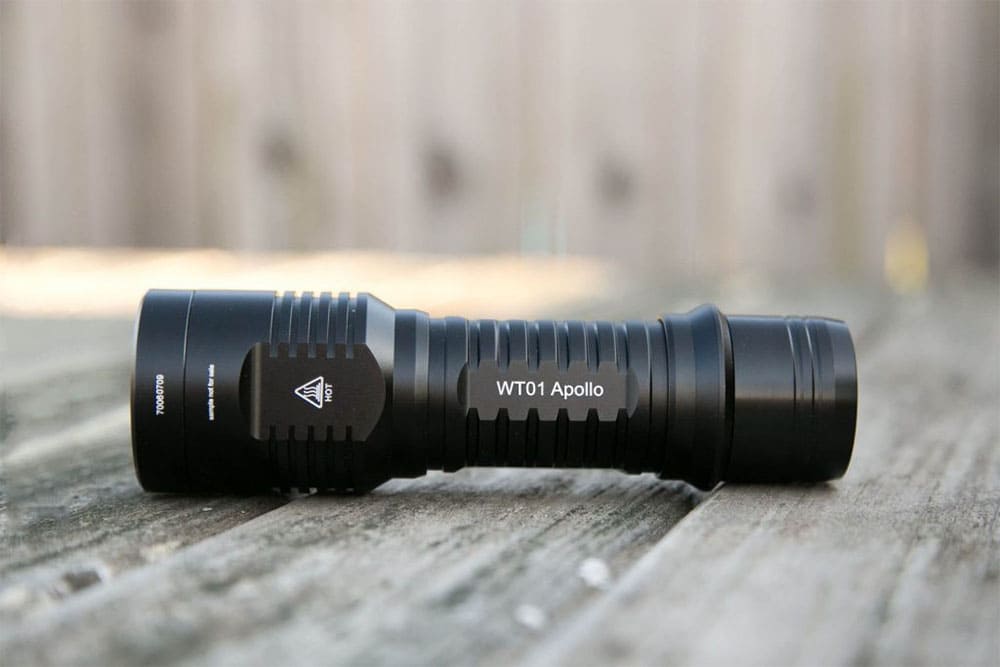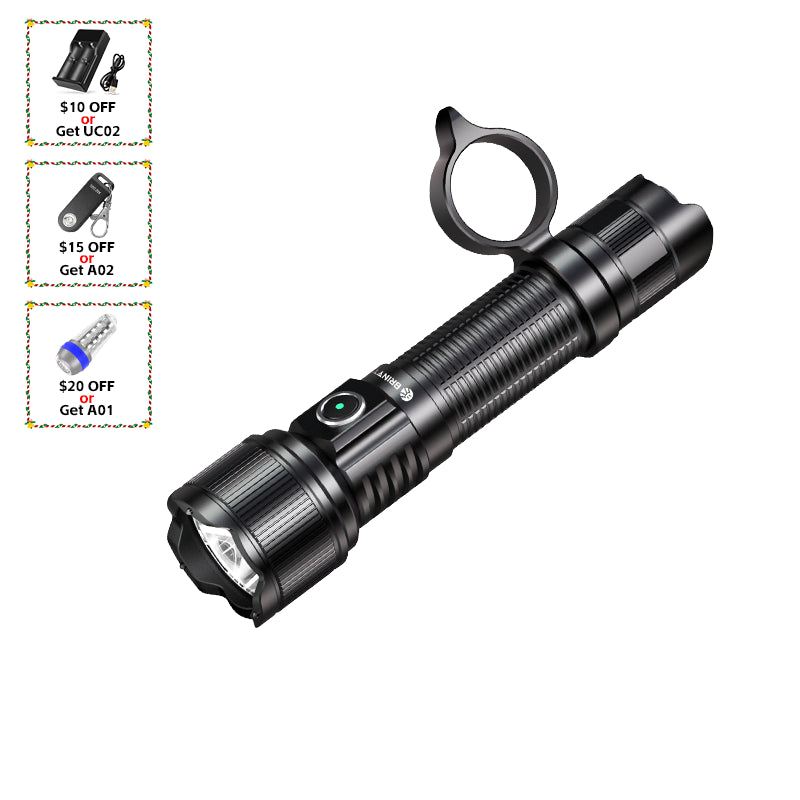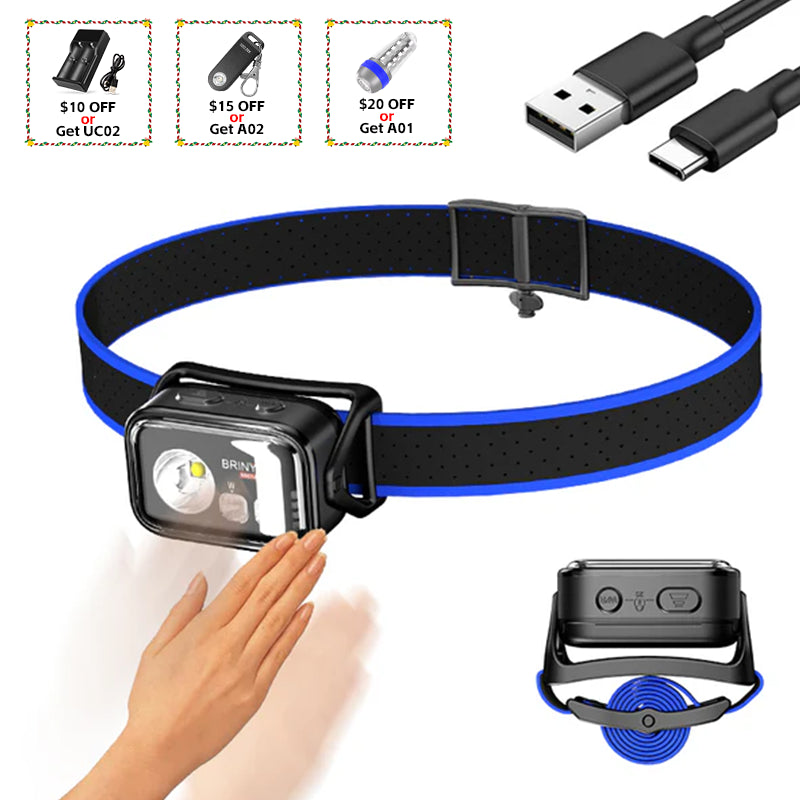What Are Lumens? How Bright Are They?
Have you ever wondered how lights are made? Why are some lights brighter than others? Why can some lights reach farther? Or even why some produce heat? The answer to these questions largely depends on a parameter called lumens.
There are many ways to produce light. Naturally, the sun is our primary source of light. In human history, fire was the primary source of light at night until the electric lighting revolution transformed our lives.
Artificial Light and Lumens
Artificial light is usually powered by electricity. The brightness of a light source depends on its lumen rating. Simply put, the higher the number of lumens, the brighter the light. Let’s dive deeper into what lumens mean and how they affect brightness.
What Are Lumens?
Lumens (lm) measure the total amount of visible light emitted by a source per unit of time. It reflects how the human eye perceives the intensity of light. More lumens mean brighter light; fewer lumens mean dimmer light.
When buying bulbs, flashlights, lamps, or lanterns, lumens are an important factor to consider. Traditionally, we used wattage (W) to choose light bulbs, but experts now advise focusing on lumens because wattage does not directly indicate brightness.
Difference Between Watts and Lumens
Watts measure the energy consumption of a bulb — how much electricity it uses. A higher wattage means higher energy consumption, but not necessarily a brighter light. Lumens measure the actual brightness.
For example, a traditional 60-watt incandescent bulb produces about 800 lumens, while a 10-watt LED bulb can produce the same or even more lumens. This is why LEDs are more energy efficient.
Why Are LEDs and CFLs More Energy Efficient?

LEDs (Light Emitting Diodes) and CFLs (Compact Fluorescent Lamps) produce more lumens per watt than traditional incandescent bulbs. They convert more electricity into visible light rather than heat, making them brighter and more energy-efficient.
How to Calculate the Lumens You Need?
The number of lumens you need depends on the space size and intended use. Here are some general guidelines:
- General room lighting: about 20 lumens per square foot.
- Kitchens and bathrooms (brighter areas): 30–40 lumens per square foot.
- Outdoor or large spaces: may require tens of thousands of lumens.
For example, a 250 square foot room generally needs around 5,000 lumens. You can use online lumen calculators to get a more precise estimate based on room size, ceiling height, wall colors, and activities.
Luminous Efficacy (lm/W) — Measuring Efficiency
Luminous efficacy is lumens divided by watts (lm/W) and indicates how efficiently a bulb converts electricity into light. The higher the lm/W, the more energy-efficient and cost-effective the bulb is.
Example:
- A 3,500-lumen LED bulb running at 23 watts has an efficacy of about 152 lm/W, which is very efficient.
- A 3,600-lumen traditional bulb at 45 watts has an efficacy of about 80 lm/W, wasting more energy.
Choosing bulbs with higher efficacy saves electricity and reduces costs.
How Lumens Affect Flashlight Selection
The lumen rating of a flashlight determines its brightness and beam distance:
- Low lumens (1–100 lm): suitable for close-range, everyday use like reading or household tasks.
- Medium lumens (100–500 lm): good for outdoor activities such as camping, walking, or emergencies.
- High lumens (500 lm and above): designed for professional use such as law enforcement, search and rescue, or long-distance illumination.
Other factors like battery life, durability, waterproof rating, and portability also impact the actual user experience. Note that a higher lumen rating doesn’t always mean longer beam distance; beam focus and reflector design also matter.
Where to Buy High-Lumen Flashlights and Lighting Products?
Most hardware and electronics stores carry a wide range of lighting products. For professional or high-performance flashlights, brands like Fenix offer options including:
- Tactical flashlights: thousands of lumens with beam distances up to about 1,500 feet (457 meters), designed for military, law enforcement, and security.
- Everyday carry flashlights: durable and compact for home and outdoor use.
- Multi-functional lights: headlamps, bike lights, and camping lanterns for various needs.
Conclusion
When buying lighting products, don’t just look at wattage; focus on lumens and your specific needs. Higher wattage means more power consumption but not necessarily more brightness. Choosing the right lumen output combined with good efficiency and considering your usage scenario will help you get a bright and energy-efficient light source.
Understanding lumens will help you pick the best lighting — whether for your home, outdoor adventures, or professional use — making your life safer, more convenient, and comfortable.



